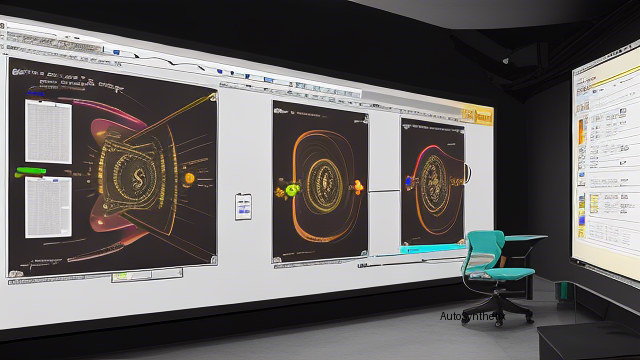In today's era dominated by Artificial Intelligence advancements, the quest for improved models often revolves around striking a balance between performance accuracy, computational efficiency, and most notably, human comprehensibility or 'Interpretability'. The scientific community never ceases to explore new horizons in achieving these goals concurrently. One such fascinating development emerges from a groundbreaking study published under the auspices of renowned researchers, primarily focusing on enhancing the reconstruction fidelity within 'sparse autoencoder framework.' This blog dives into their innovative strategy named 'JumpReLU Sparse Autoencoders', paving pathways towards more transparent machine learning solutions while maintaining exceptional performance standards.
The research collective behind this trailblazing discovery comprises Senthooran Rajamanoharan, Tom Lieberum, Nicolas Sonnerat, Arthur Conmy, Vikrant Varma, János Kramár, and Neel Nanda. Their publication on ArXiv captures our fascination due to the remarkable strides made in improving the current state-of-the-art reconstructions attained via 'Gemma 2 9B Activations,' significantly outperforming previous techniques including 'Gated' and 'TopK SAEs.' While upholding impressive levels of performance, they ensure no tradeoff occurs concerning interpretability, making the proposed methodology even more compelling.
To understand the core concept better, let's delve deeper into what 'Sparse Autoencoders' entail. As unsupervised approaches, SAsE play a crucial role in extracting cause-effect relationships embedded in a Language Model's (LM) neural network activations. However, striking a harmonious chord between preserving those underlying connections accurately ('faithfulness') and ensuring parsimonious representations ('sparseness'), remains challenging. The novelty encapsulated in 'JumpReLU Sparse Autoencoders' lies in optimally addressing both facets simultaneously.
A significant differentiation stems from replacing the conventional Rectified Linear Unit (ReLU), traditionally employed in typical SAE setups, with the 'Discontinuous JumpRectified Linear Units' (termed hereafter as 'JumpReLU'). Surprisingly, the substitution proves beneficial without compromising operational efficiencies. Moreover, the team's strategic application of 'Straight Through Estimator' (STE)-driven methods during the course of training further fortifies the system's effectiveness, overcoming potential hurdles arising due to the inherently non-smooth nature of the newly integrated JumpReLU function.
Another salient aspect worth mentioning is the direct optimization technique adopted to instill 'sparsity' in the trained models. Traditionally, surrogate loss functions have been leveraged to induce sparsity indirectly through regularization mechanisms, leading to complications associated with issues like 'shrinkage'. Here, however, the group circumvented such complexities by employing STEs for immediate training of the desired 'l0 norm sparsity'.
This exciting breakthrough holds immense promise for future endeavors aiming to strike a perfect symbiosis among high-end performance, low complexity, and user comprehendible explanatory power, thereby advancing the frontiers of artificial intelligence transparency. With every revolutionary stride, the scientific community edges closer toward unlocking machines' true potential, enabling them to seamlessly coexist alongside humanity, enriching and simplifying our lives in equal measure.
Reference Link: https://arxiv.org/abs/2407.14435v3 [Instead of hyperlink format, the usual text flow incorporating URLs maintains reader comfort.]
Source arXiv: http://arxiv.org/abs/2407.14435v3
